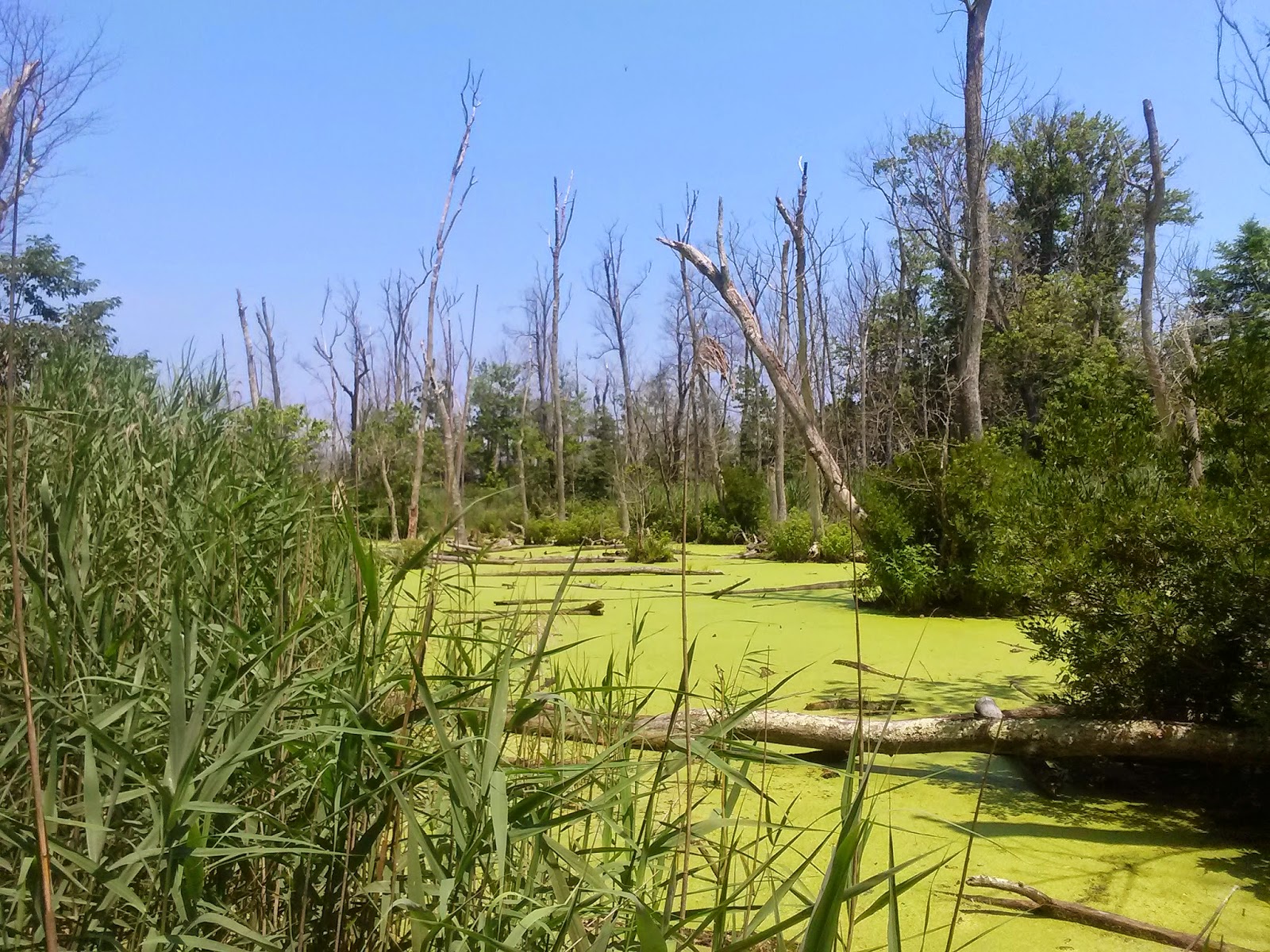Envisioning a new Springhill Lake: Greenbelt Urban Ecology Center

Disclaimer: The opinions and commentary expressed in this blog post are my own and therefore might not represent the views and policies of the Chesapeake Education, Arts & Research Society, the City of Greenbelt, or any affiliated organization or person. In 1935, during the Great Depression, the Roosevelt Administration launched the "New Deal" initiative to revitalize America's economy by hiring the unemployed and putting them back to work building new infrastructure and restoring the environment. One such project was for the federal government to build, construct, and maintain "New Deal Towns" which were intended to be a refreshing alternatives to the developing urban slums of that era. Each of these planned communities would feature a town center with restaurants, stores, banks, a post office, and other amenities all within walking distance for each resident. New Deal towns would be arranged into supe...
